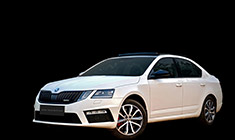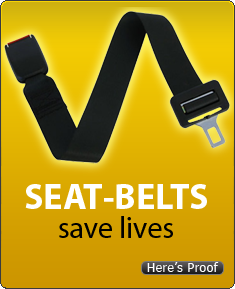News
Aviation: The first ever scheduled fare paying flight by a jet airliner
The aircraft was a de Havilland Comet 1 tailfin number G-ALYP pictured below. The flight was from London to Johannesburg.
BHPian V.Narayan recently shared this with other enthusiasts.
First ever scheduled fare paying flight by a jet airliner:
On 2nd May 1952, about 70 years ago at this time BOAC flew the very first fare paying scheduled passenger flight by a jet airliner. With that was born the age of fast, affordable, mass jet air travel for the common man. The aircraft was a de Havilland Comet 1 tailfin number G-ALYP pictured below. The flight was from London to Johannesburg. The aircraft had a wingspan of 115 feet, a length of 93 feet and an all up weight of 48 tonnes. It could cruise at 400 knots (~740 kmph) a mind blowing speed for that time and had an operating range with reserves of ~2400 kms. It was powered by four Rolls Royce Ghost 50 turbojets collectively producing 20,000 lbf of thrust. The aircraft carried 36 passengers in what would today be considered business class seats.
To give you a context, at 93 feet it was shorter than the shortest Boeing 737 you've ever encountered and just a little longer than the ATR 72's many of us fly in India on secondary routes. But for 1952 this was streamlined, super fast and state of the art. Sadly the Comet suffered metal fatigue problems that caused three aircraft to break up in mid-flight. The research by the British made jet airliners safer for everyone forever since but they lost their lead to Boeing & McDonnell Douglas and never recovered. While the first jet airliner was the pioneering de Havilland Comet 1, the second to enter service was the Tupolev-104 of which 201 were built and carried over 90 million passengers over 25 years. One could say the Tu-104 was the world's first successful jet airliner.
Sadly G-ALYP was one of those three aircraft that broke up in mid-air in 1954 over the Mediterranean Sea. The Comet is assured of its place in the annals of aviation.

BOAC's Comet 1 G-ALYP that flew the first passenger scheduled flight. As a safety measure it was a largely overland route of London-Jo'burg and not over ocean as in London- New York.

Three Comet 1's in flight for a photo shoot sortie. G-ALYP, the hero of our story today is in the foreground. Note the streamlining, the handsome nose, the clean uncluttered wing. Note the square windows, in the top photo, at the corners of which the fatal metal fatigue cracks developed.

Passengers dis-embarking. Note how in those days air travel was (a) for the rich and (b) for whites! On a side note in 1956 my late father flew as a passenger for the first time, on a Air India Super Constellation, London to Bombay. The Indian Navy specifically told him and his accompanying colleagues to wear a suit while on board. They did not want Naval officers to look shabby.

The Tupolev Tu-104. Note the round windows that avoided the metal fatigue that doomed the Comet. The Soviets never got credit for the success of the Tu-104.

From my collection, a late model Comet 4. Note the very large swept wing and the engines in the wing root. In the early days of jet aviation engineers experimented with where to fit the engines. The nature of a jet engines meant it had to be fitted differently than a piston-prop one. de Havilland went for the engines in the wing root design. The reason was that this way the jet thrust of all four engines was as close to the centreline as practical and would create the least asymmetry in case of an engine-out situation which was a real risk with early jets. It was however a nightmare to maintain and repair but it worked. Tupolev did the same. This configuration is no longer used.
Check out BHPian comments for more insights and information.




















